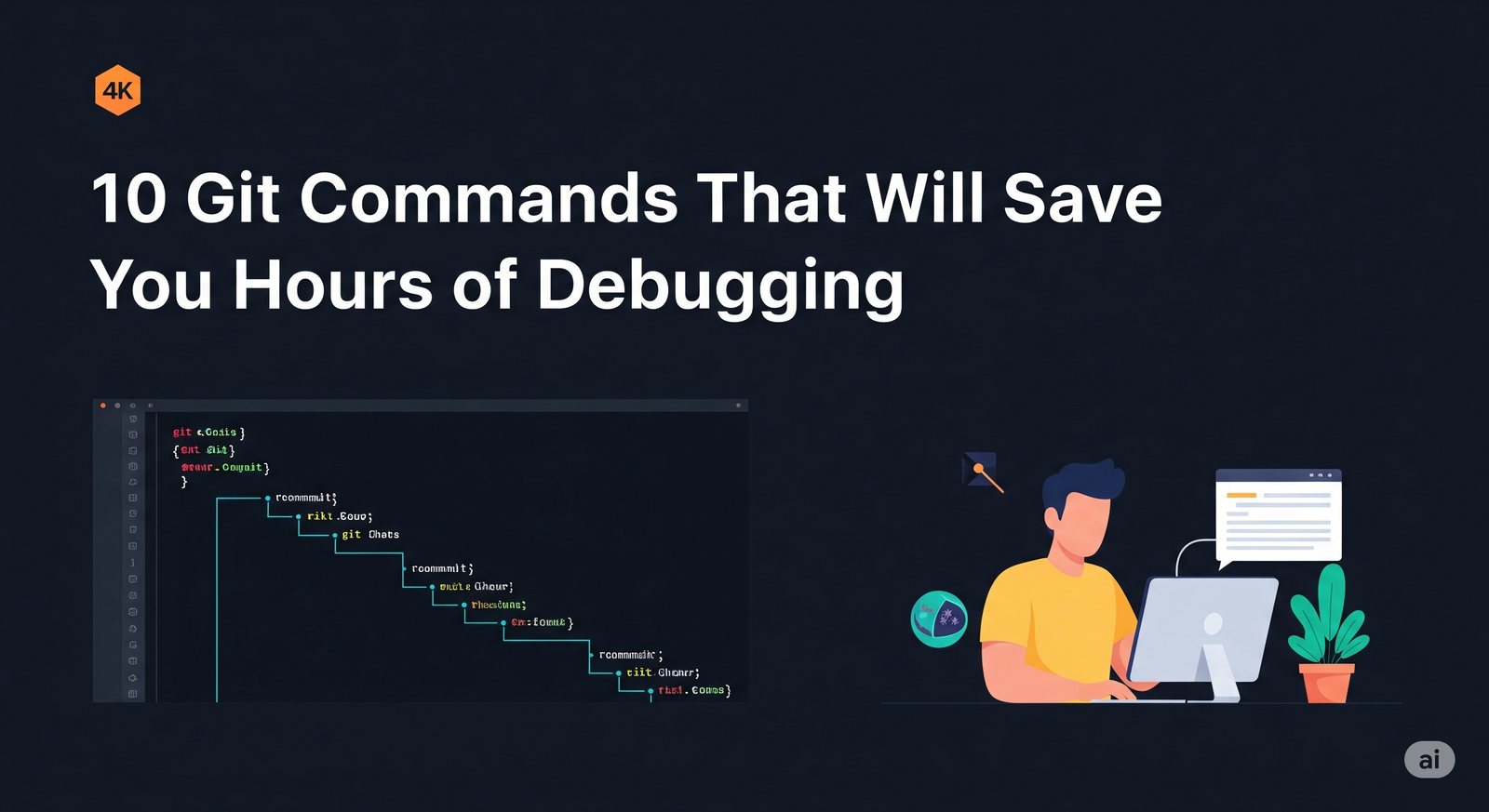Are you tired of slow APIs making your applications sluggish and frustrating users? API performance optimisation is crucial for delivering exceptional user experiences and maintaining a competitive advantage in today’s fast-paced digital landscape.
In this comprehensive guide, we’ll explore seven battle-tested optimisation techniques that can dramatically improve your API performance and help your applications run at peak efficiency.
Why API Performance Matters (And When to Optimise)
Before diving into optimisation techniques, it’s crucial to understand that API performance optimisation should not be your first step. Premature optimisation can lead to unnecessary complexity and wasted development time.
The best approach is to:
- Identify actual bottlenecks through load testing
- Profile your requests to understand performance issues
- Only begin optimisation once you’ve confirmed endpoint performance problems
With proper analysis complete, let’s explore the seven most effective methods to boost your API performance.
1. Implement Strategic Caching for API Performance
Caching is one of the most powerful techniques for API performance improvement. By storing the results of expensive computations, you can reuse them later without repeating the same operations.
Key caching strategies:
- Cache frequently accessed endpoints with identical request parameters
- Use Redis or Memcached for distributed caching
- Implement cache invalidation strategies
- Even brief caching periods can yield significant speed improvements
Most modern caching libraries make implementation straightforward, requiring just a few lines of code to see dramatic performance gains.
2. Optimise Database Connections with Connection Pooling
Connection pooling maintains a pool of open database connections rather than creating new connections for each API call. This eliminates the overhead of handshake protocols and connection setup that can severely impact API performance.
Implementation considerations:
- Reuse existing connections to improve throughput
- Configure appropriate pool sizes for your workload
- Monitor connection usage and adjust accordingly
Serverless Architecture Challenges
Serverless environments present unique connection management challenges since each function instance typically opens its own database connection. Rapid scaling can overwhelm databases with excessive connections.
Solutions include:
- AWS RDS Proxy for connection management
- Azure SQL Database serverless features
- Third-party connection pooling services
3. Eliminate N+1 Query Problems
The N+1 problem is a common database inefficiency that occurs when fetching an entity and its related data. This anti-pattern can devastate API performance through excessive database round-trip.
Example scenario: Fetching blog posts and their comments
- Inefficient: 1 query for posts + N queries for each post’s comments
- Efficient: 1-2 queries total using joins or batched fetches
Best practices:
- Use database joins when appropriate
- Implement batch queries for related data
- Leverage ORM features like eager loading
- Monitor query patterns during development
4. Implement Smart Pagination Strategies
Large response payloads can significantly slow down APIs and overwhelm clients. Pagination breaks responses into manageable chunks, improving both server and client performance.
Effective pagination techniques:
- Use limit and offset parameters
- Implement cursor-based pagination for large datasets
- Provide clear navigation metadata
- Consider client-specific page size optimisation
5. Utilise High-Performance JSON Serializers
JSON serialisation speed directly impacts API performance, especially for data-heavy responses. The serialisation process can become a significant bottleneck in high-throughput systems.
Optimisation strategies:
- Choose fast serialisation libraries for your tech stack
- Minimise object complexity before serialisation
- Consider alternative formats like Protocol Buffers for internal APIs
- Profile serialisation performance is regularly
6. Enable Response Compression
Compression reduces network transfer time by shrinking payload sizes. Modern compression algorithms can significantly improve API performance without substantial server overhead.
Compression best practices:
- Enable gzip compression for all text-based responses
- Consider Brotli for better compression ratios
- Leverage CDN compression features (Cloudflare, AWS CloudFront)
- Set appropriate compression levels, balancing size vs. CPU usage
7. Implement Asynchronous Logging
In high-throughput systems where every millisecond matters, synchronous logging can impact API performance. Asynchronous logging moves log writing off the critical path.
Implementation approach:
- Use in-memory buffers for log entries
- Separate logging threads handle file writes
- Configure appropriate buffer sizes
- Implement fail-safe mechanisms for critical logs
Important consideration: Asynchronous logging carries a small risk of log loss during application crashes. Evaluate this trade-off based on your system requirements.
Measuring and Monitoring API Performance
Successful optimisation requires continuous monitoring:
- Implement comprehensive performance metrics
- Set up alerting for performance degradation
- Conduct regular load testing
- Monitor user experience impact
Conclusion
These seven proven methods can dramatically improve your API performance and deliver the responsive applications your users expect. Remember to measure first, optimise strategically, and monitor continuously.
Start with the techniques that address your specific bottlenecks, and gradually implement additional optimisations as needed. Your users will notice the difference, and your applications will thank you.


